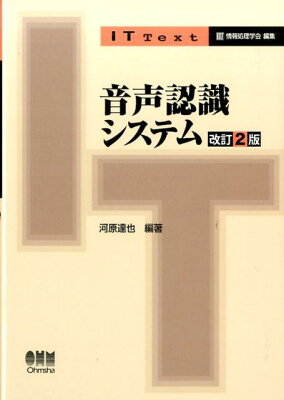The European Central Bank has embarked on a quantitative easing policy. We will decipher it from the front page of the morning paper, the third page of the comprehensive section, the front page of the evening paper, and the 25th page of the market’s comprehensive coverage.
Until the financial collapse, the world economy relied on debt and loans. Loans collapsed, and the support for the economy disappeared. In other words, the available funds dropped significantly. I’ve written a bit about this in another blog post.
Let’s take a look at this quantitative easing. First, subprime has disappeared, and available funds are gone. In simple terms, if you used to have 1 million yen, but now it has dropped to 500,000 yen because loans are no longer available, you can’t continue to live the way you used to. You need 1 million yen to maintain the same lifestyle, but now that loans are no longer available, it’s impossible. This also applies to general product purchases, as they used to be funded by credit card loans and other types of loans, especially in the United States (as mentioned in a previous FX攻略.com post).
As a result, the amount of currency in circulation in the market has also decreased. It’s impossible to maintain the same level of trading volume as before. Hence, quantitative easing. So, will the economy really recover after quantitative easing? That’s the question.
The European Central Bank has lowered its policy interest rate and extended the lending period for financial institutions. The consequences fall on the central bank. The Bank of England has also implemented quantitative easing. The European Central Bank has aligned its policy interest rate with that of Japan and the United States.
How long will this policy continue? According to an article on the front page of the evening paper, the top 10 companies have a shortfall of 7.4 trillion yen. If the funds that were previously covered by loans are now disbursed in cash, will things return to normal?
I’m concerned that even if we continue to increase the circulating currency, it may create distortions in the economy. What used to be loans is now disbursed as cash. While the value may not change, liquidity will increase significantly. Will Japan and the United States move in the same direction?
What I’m concerned about is national character. American companies and Japanese companies, even if they have the same amount of money, may use it differently. This will create a different balance point than before, and looking back to 2007, things might seem a bit strange. So there will likely be ongoing debates for a while.
Then the question is, “Will it really recover?” It’s hard to say, but there were fairly pessimistic things written in the special edition of Nikkan Gendai GW. It’s something that ordinary citizens can’t do anything about.
It’s best to endure without moving too much until America recovers. Why did the European Central Bank extend the lending period all of a sudden? In other words, why couldn’t they see it coming earlier?
During Golden Week, there seemed to be some positive movements, but I have doubts about whether quantitative easing has any real meaning in the midst of high unemployment. Oh, by the way, did you know that it was actually calculated that it would be more economically effective to make expressway tolls free? It was written in a magazine.

![[Simulation] the Law of Large Numbers and the Central Limit Theorem Standard Normal Distribution](https://improve-future.com/wp-content/uploads/2019/06/standard_normal_distribution.png)




